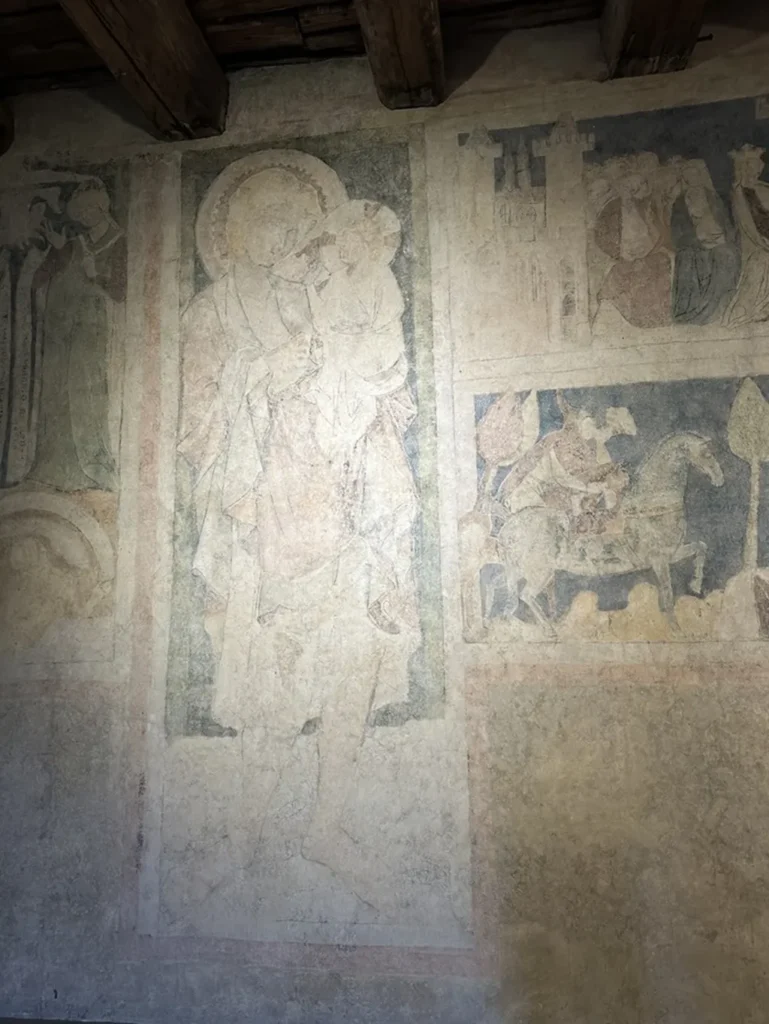In the heart of Kalisz, Poland, an architectural marvel, the Church of Divine Mercy, stands as a testament to post-war ingenuity, its hyperbolic parabolic shell a complex geometry puzzle that has recently been the subject of groundbreaking research. The church’s intricate design, while aesthetically striking, presented significant challenges for digital documentation, a necessity due to the structure’s deteriorating condition. Enter K. Argasiński, a doctoral student at the Warsaw University of Technology, who has proposed a comprehensive methodology for documenting such complex cultural heritage buildings, integrating terrestrial laser scanning (TLS), UAV photogrammetry, tachymetry, and manual verification.
Argasiński’s research, published in the International Archives of the Photogrammetry, Remote Sensing and Spatial Information Sciences—known in English as the International Archives of the Photogrammetry, Remote Sensing and Spatial Information Sciences—offers a replicable framework for similar structures worldwide. The study underscores the necessity of merging automatic and manual methodologies to eliminate discrepancies from theoretical geometry caused by primitive construction techniques.
The data collection process was extensive, with 455 scan points and over 6,400 images gathered, all precisely aligned using geodetic control networks. This data was then processed using a suite of software tools to generate optimised point clouds, laserscan-based orthophotomaps, and 2D documentation. For parametric modelling of the irregular shell, Rhinoceros/Grasshopper and Archicad software were employed.
“The proposed workflow demonstrates the efficacy of integrating laser scanning, photogrammetry, and geodetic measurements in enhancing data reliability, reducing on-site measurement time, and facilitating interpretation,” Argasiński explained. This methodology not only creates metrically accurate digital records but also aids in structural analysis, maintenance monitoring, and the creation of preliminary HBIM models.
The implications for the construction and energy sectors are profound. Accurate digital documentation of complex structures can significantly enhance maintenance planning and reduce costs associated with structural deterioration. Moreover, the integration of advanced technologies like UAVs and TLS can streamline data collection processes, making them more efficient and reliable.
Argasiński’s research contributes to the standardisation of digital measurements, paving the way for future developments in the field. As the construction industry continues to evolve, the need for precise, reliable documentation of complex structures will only grow. This study provides a robust framework for meeting that need, ensuring that cultural heritage buildings like the Church of Divine Mercy can be preserved for future generations.
In an era where technology is rapidly advancing, Argasiński’s work serves as a reminder of the importance of integrating multiple methodologies to achieve the best results. By combining the strengths of laser scanning, photogrammetry, and geodetic measurements, we can create more accurate, reliable digital records that will benefit not only the construction industry but also the energy sector and beyond.

